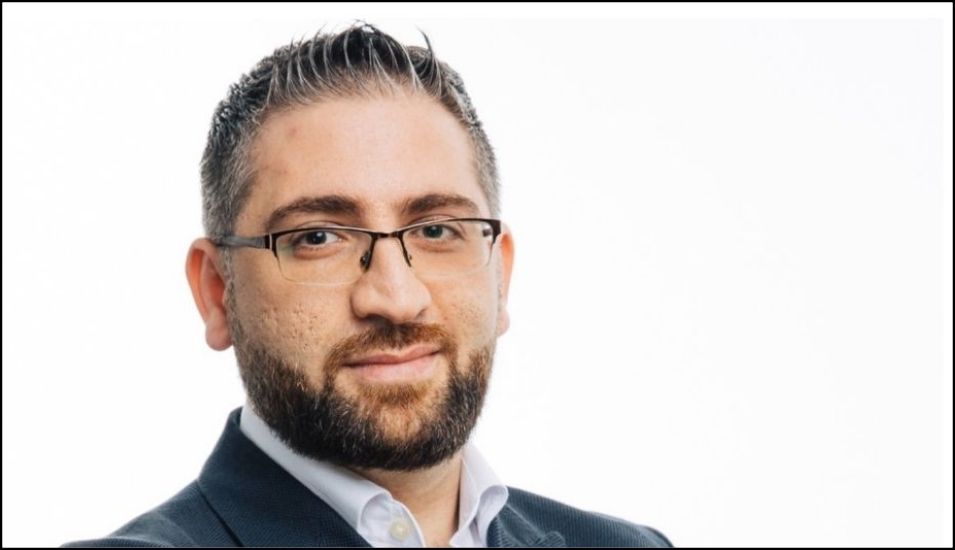The pandemic accelerated adoption of technology trends, whether they existed in the past or not. Digital transformation was one such trend that saw a high uptake across industries. The healthcare industry was no exception, and the launch of telehealth is an example.
Kaspersky research shows that 86% of medical organisations have already implemented telehealth capabilities, with 44% starting to use them after the pandemic to eliminate a pain point. We are now witnessing a closer collaboration between healthcare providers and cybersecurity companies to provide digital services that are safe and secure and align with the evolving consumer demands in the new normal.

Cybersecurity is a continuous process. Investing in a cybersecurity solution or services does not mean the task is complete. On the contrary, it is just the beginning. Before an organisation invests in strengthening their cybersecurity structure, it needs to understand, plan and execute important tasks at hand.
For example, understand the business requirements, have clarity on security gaps, find the right cybersecurity partner who can bridge these gaps and help build a holistic security strategy that involves every business function.

With the cybercrime realm evolving rapidly, a CISO or IT manager’s role is to guide the organisation to make the right cybersecurity-related decisions. Sometimes avoiding data from being compromised requires something as simple as updating a software or vetting an email.
There is now collaboration between healthcare providers and cybersecurity companies to provide services that are secure and align with consumer demands.




